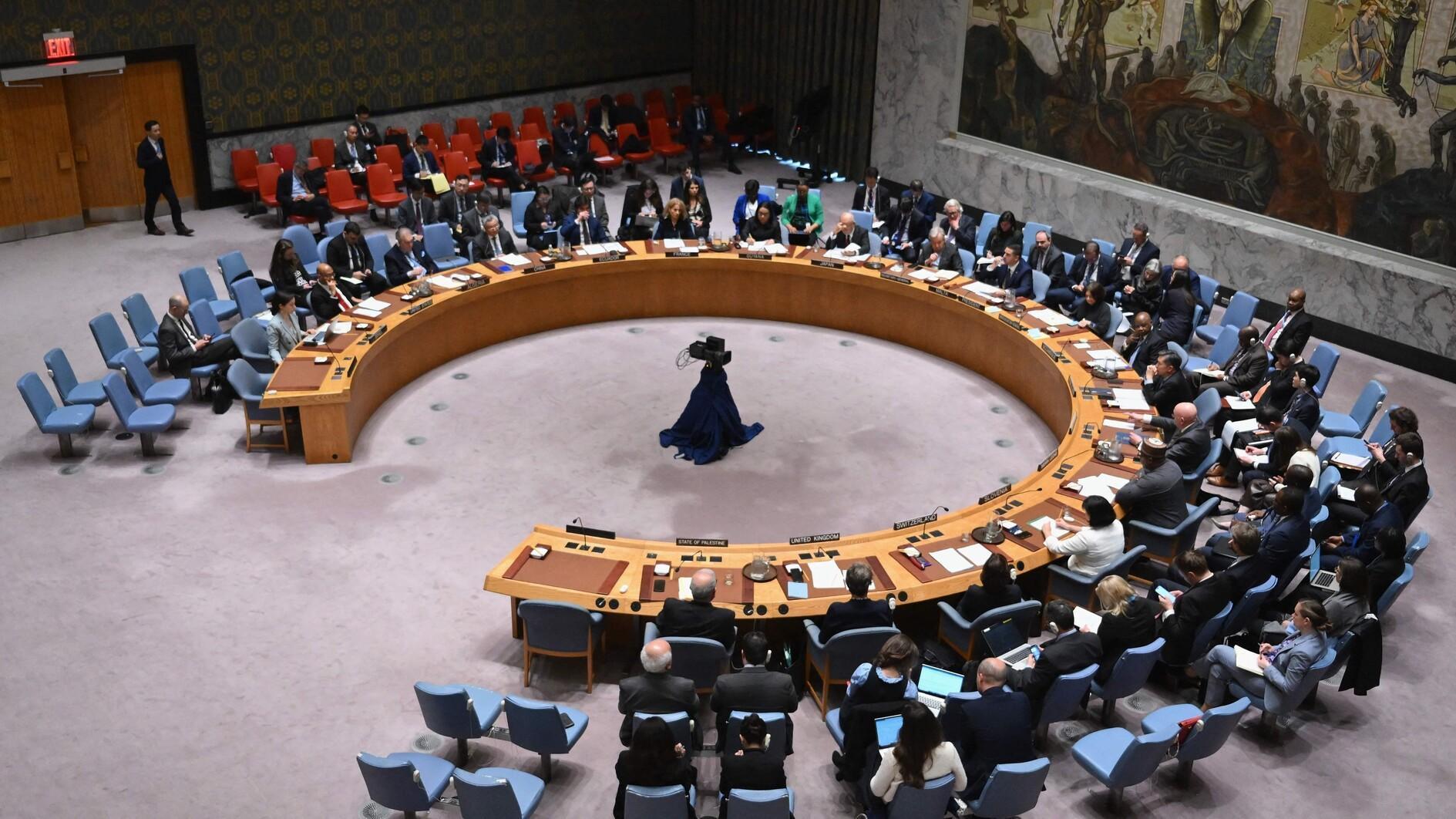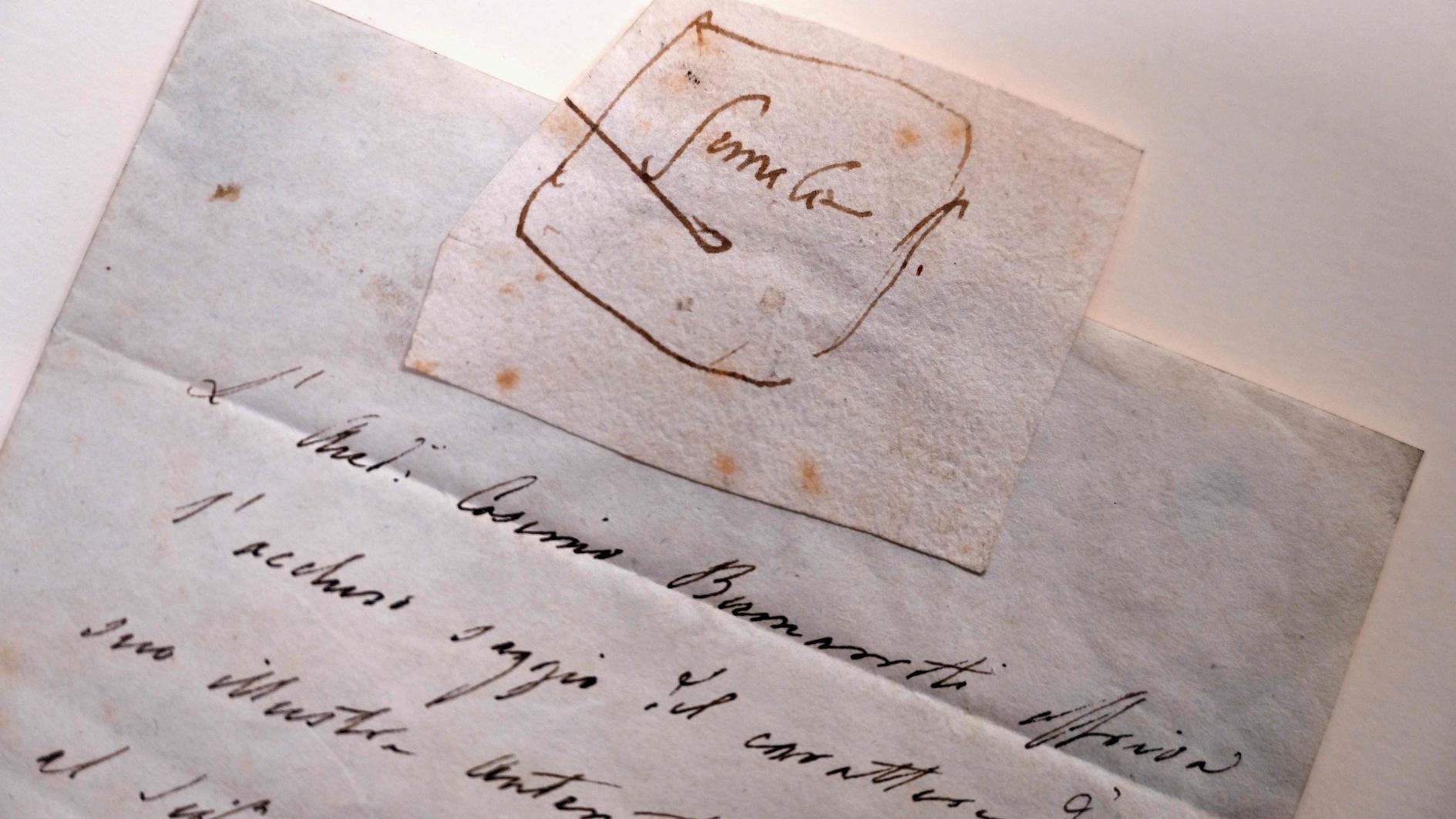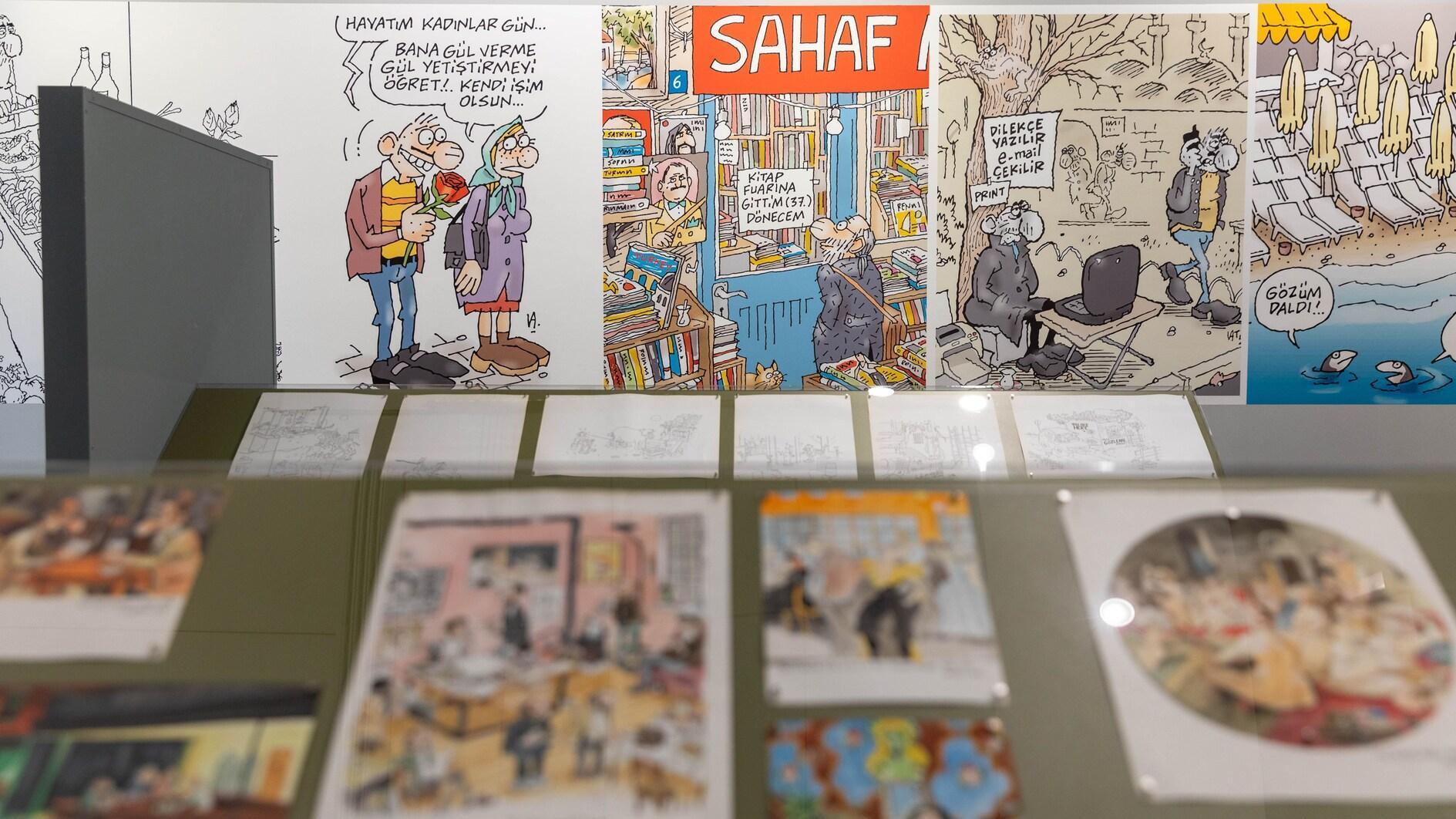Our mentality should change in tourism
In Turkey there are around 700 ancient Greek and Roman cities, which is more than the sum total in Greece, Italy, Tunisia and Morocco.
In Anatolia you can often come across sarcophaguses decorating gardens in villages, or Roman mosaics in wheat fields. There is history on every inch of this land, but we are still chasing after “all inclusive” tourism.
One experienced tourist guide in Turkey, Mert Taner, told me that the country was not actually any making money from the sea-sun-sand tourism market. “Russian tourists arriving in Antalya pay 500 euros including plane ticket, hotel, drinks and food. Outside the hotel, they spend around 150 to 200 euros. This is not the kind of tourist we need. We need American, European or Far Eastern tourists who would come for culture and nature, who would spend money,” he said.
We also have very high potential in faith tourism but we do not make use of it.
For example, even though it is a Jewish country Israel makes use of Christian faith tourism. There are churches built in every place known to have been visited by Jesus. In even the most remote place, hotel prices are 200 to 250 euros and meals cost at least 50 euros.
In Turkey we do not need to make prices this high, but we should at least question why we cannot take advantage of faith tourism.
Although the heritage of the Eastern Roman Empire can be found throughout this land, we consider the Ottomans to be our only heritage. Pieces from Byzantium are held in storage rooms.
Christianity was first spread in Antakya after the ancient lands of Palestine. The first seven churches in the world were in modern Turkey’s Aegean region.
Meanwhile, there are five synagogues on one street in İzmir’s Havra Street, unique in the world. Clearly, in many provinces across our country there are places suitable for travel for faith tourism.
As for nature tours, there are potentially fantastic hiking routes in the western Kuşadası area, Cappadocia, Kaş-Fethiye, the Black Sea and around Yalova. There are four or five different extreme sports opportunities in Kaş.
Taner also noted that those who come to Turkey for faith tourism travel in larger groups. “Every person spends around $2,500 to $3,000 on average. They eat, wine and dine, buy carpets, leather, jewelry and ceramics wherever they go,” he added.
We need tourists who contribute to the development of places where they visit. The Culture and Tourism Ministry currently only counts how many people come from which country. We need a vision. Instead of quantity we should look for quality, more productivity.
According to Taner, the alumni associations of universities abroad are a good target. “I participated in a meeting of the alumni association of the University of Washington in Seattle four years ago. I gave a 45-minute presentation on Turkey. They asked me questions, nonstop, for half-an-hour. They then organized a tour to Turkey at the end of that year. They want to repeat the tour as soon as our country is in a better situation. They have 25,000 members. They want to sell this tour to every member,” he said.
Turkey participates in tourism fairs but this is not adequate. We do not have a serious promotion policy.
Despite the amateurism of the state in tourism over years, there were still certain achievements thanks to the efforts of hoteliers, agencies, guides and tourism executives.
As it seems that there will be a formal state of emergency for a long time in this country, we should start planting the seeds now so we can reap the fruits when everything is finally calmer.











